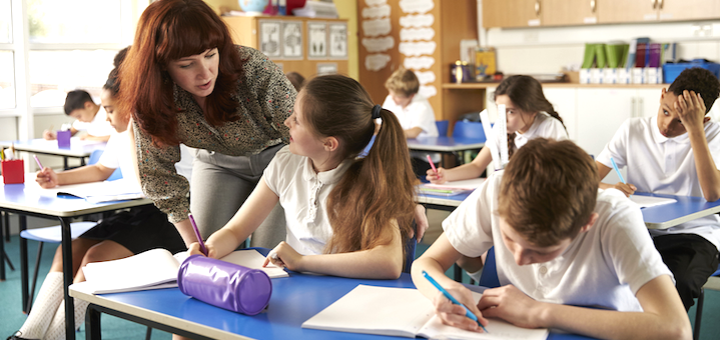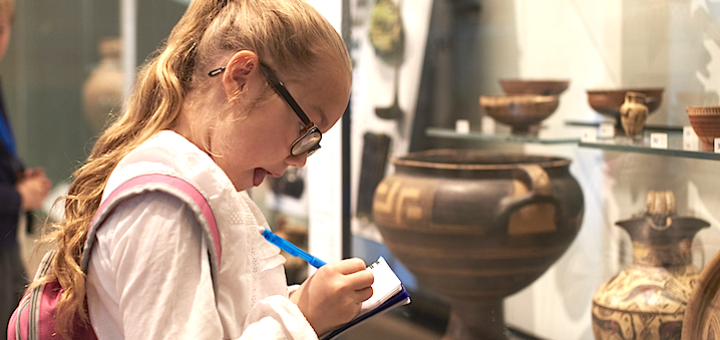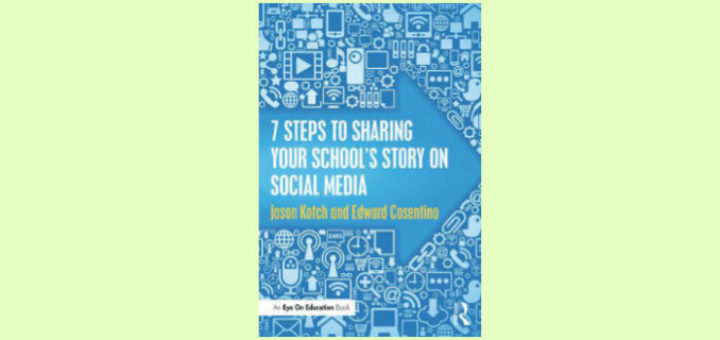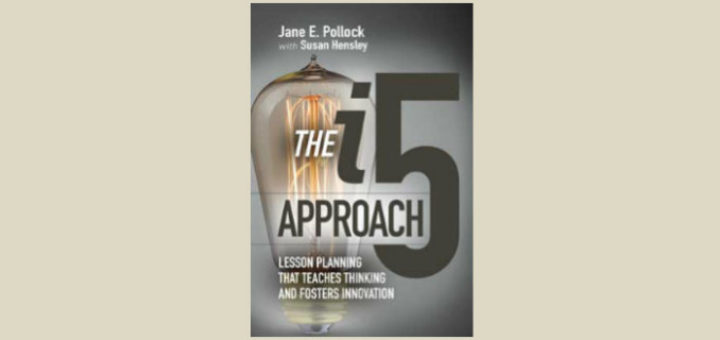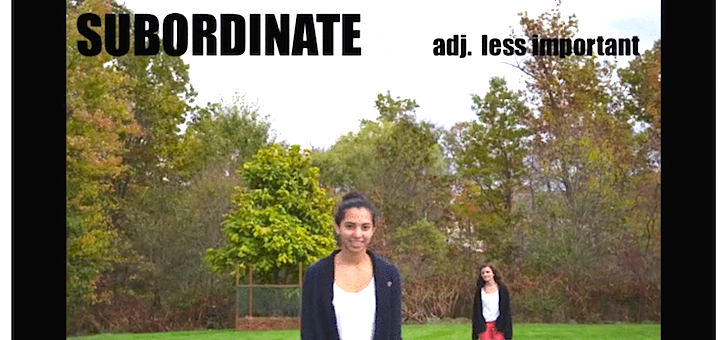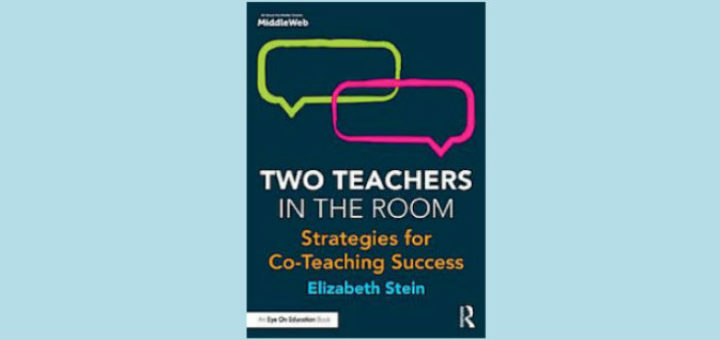Teaching and learning in grades 4-8
Successful, career-minded teachers must learn how to juggle the demands of being in a classroom all day long and also maintaining a satisfactory personal life. Julia Thompson, author of a bestselling survival guide for first-year teachers, tells how to achieve that balance.
Make the most of summer’s three ‘R’s’: relaxation, rejuvenation, and reflection! Coach Elizabeth Stein shares what she’s learned from great co-teachers to help focus summer learning and plan ways to bring out the best in students and colleagues next year.
When Lauren Brown left her history classroom and became a teacher educator, she always shared a page of advice when pre-service teachers finished her course. Three years after returning to middle school, Brown updates her tips with fresh insights from the front lines.
Principals Jason Kotch and Edward Cosentino show how carefully developed use of social media can help students as it improves communication among the school, families, and community. Retired principal Mary Langer Thompson finds all the needed tools, easily accessible.
After reading “The i5 Approach” to lesson planning, middle grades teacher Joanne Bell can see that better thinking skills not only lead to a deeper understanding of big concepts, they can spark fresh innovations. Bell welcomes the integration of 21st century skills.
Recent Stanford research found that today’s students have difficulty distinguishing media content created to inform from content designed to persuade and even deceive. Consultant Frank Baker shares some of his favorite short videos to help teachers address the problem.
While lists for essential teacher qualities abound, these are the three questions author Debbie Silver particularly wants to ask middle school teacher candidates. Discover what Silver, who has taught across the grades, finds essential for effective middle level educators.
GIFs are great teaching tools. The brief videos can bring out the ideas and creativity of students too. Megan Kelly shares how kids can make GIFs with a helpful tutorial and where in the curriculum they belong: ELA, science, social studies math, PE – everywhere!
Each year Cheryl Mizerny looks forward to exploring her options for summertime learning. As you relax, reflect and look ahead to a new school year, try out some of her ideas for do-it-yourself professional development. They run the gamut from PJ’s to PD with Friends.
In the 100+ pages of Two Teachers in the Room, Elizabeth Stein provides a treasure trove of strategies, tips and ideas not only for co-teaching, but also for creating a student-centered learning environment in every classroom, says ESE leader Laura Von Staden.

